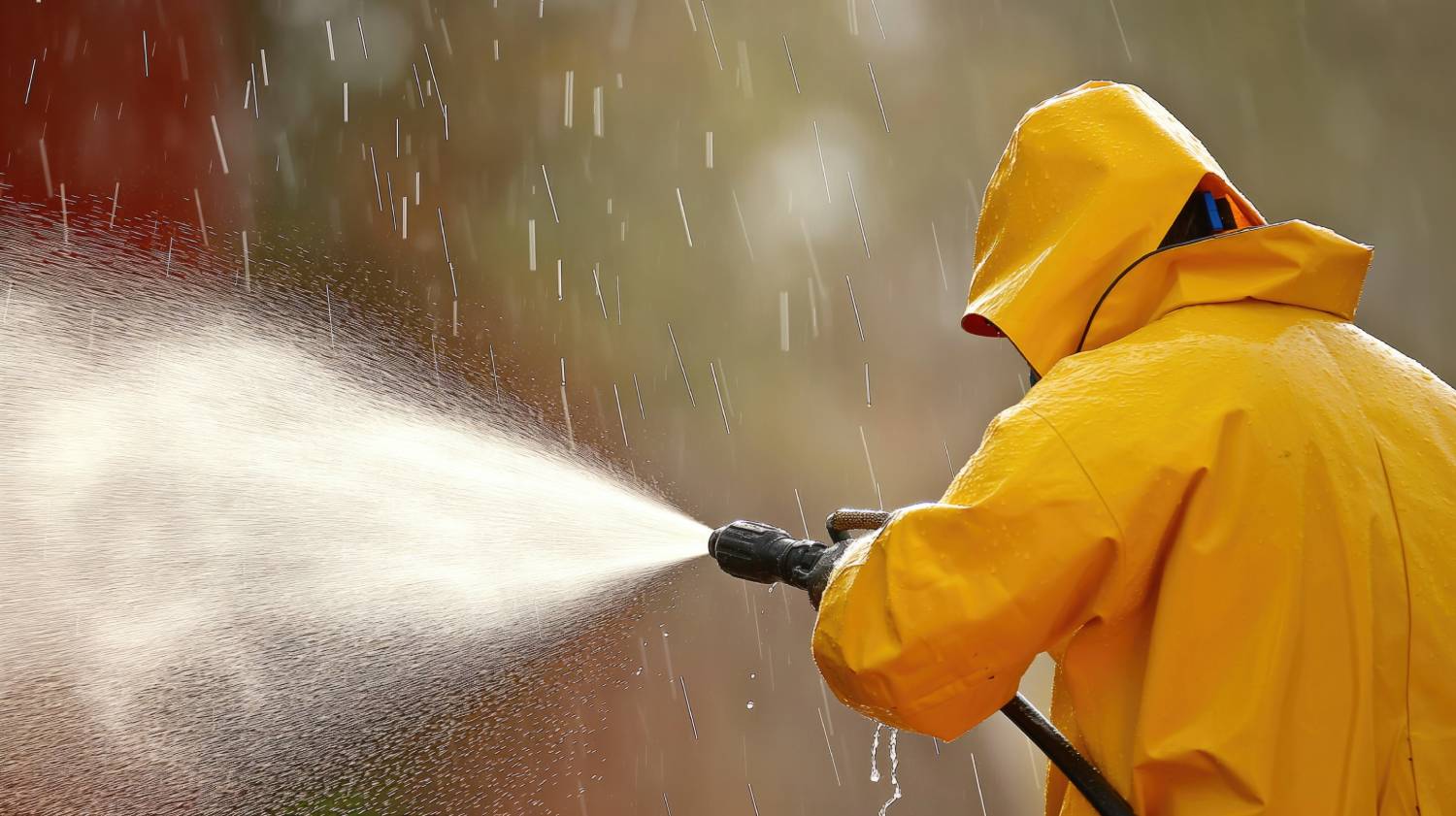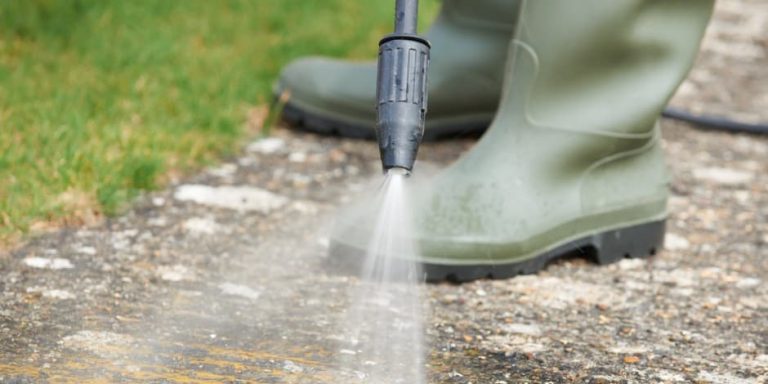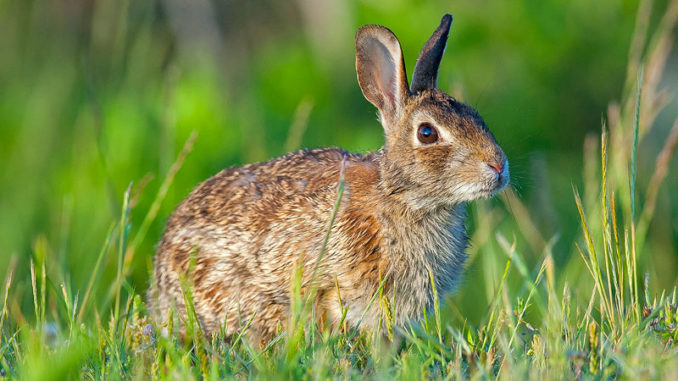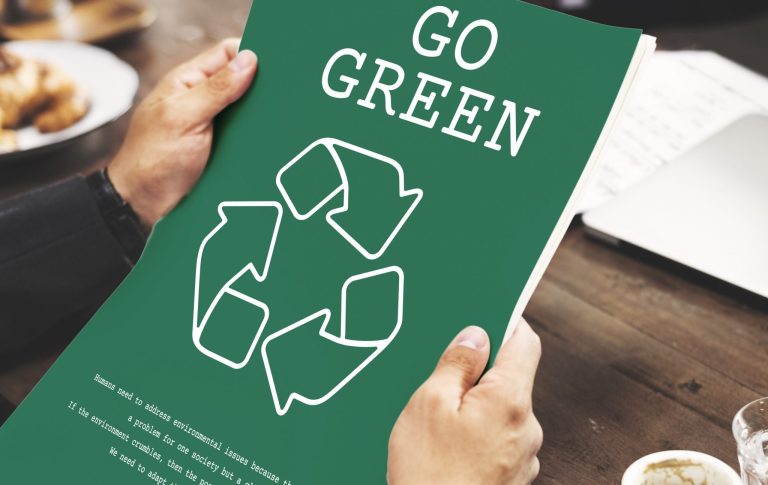
Pressure washing is a powerful tool for maintaining homes, businesses, and public spaces, but timing is everything—especially when it comes to protecting the environment. While it might seem convenient to schedule power washing during the rainy season (after all, the rain helps rinse everything away, right?), this practice can actually cause significant environmental harm.
In this article, we’ll break down why rainy-season pressure washing is risky for local ecosystems, how it accelerates pollution, and what sustainable alternatives property owners and contractors should consider instead. 💦🌍
🌧️ The Common Misconception: “Rain Helps Rinse Everything Clean”
Many property managers and homeowners believe that scheduling power washing during the rainy season helps:
- Reduce water usage
- Make cleaning more efficient
- Take advantage of natural rinsing
While there’s some logic to this, it overlooks a critical environmental issue: runoff. When combined with stormwater, pressure washing effluent can quickly become a cocktail of pollutants that rushes into untreated waterways, overwhelming ecosystems. 🚫🌊
🚿 What’s in Power Washing Runoff?
Power washing water typically contains:
- Soaps and detergents (biodegradable or otherwise)
- Dirt, grime, and algae
- Grease, oil, and fuel residues from surfaces
- Paint chips, rust, and metal particles
- Pesticides or fertilizers from nearby landscaping
During the rainy season, this runoff travels faster and farther than usual, making it more likely to enter:
- Storm drains
- Streams and creeks
- Lakes and wetlands
- Municipal drainage basins
These systems usually do not treat the water before it returns to the environment. That means all those contaminants go directly into ecosystems. 🐟🌿
📉 Why Rain Makes the Problem Worse
1. Increased Volume and Speed of Runoff
Rainwater adds volume to the water already being used in pressure washing. More water = more runoff. The added flow increases erosion and carries pollutants further downstream.
2. Overwhelmed Drainage Systems
Storm drains and catch basins can become overwhelmed during rainy periods. Power washing adds more pressure to these systems, making it more likely that overflow will occur—spilling contaminated water into parks, neighborhoods, and natural areas.
3. Faster Transport of Pollutants
In dry conditions, runoff might soak into the soil or evaporate. In wet conditions, water travels faster and farther, reducing the natural filtration that would occur through vegetation or porous ground.
4. Reduced Efficiency of Natural Filters
Soil, vegetation, and wetlands help filter out some pollutants, but when they’re saturated by rain, their filtering power drops dramatically—allowing chemicals and sediment to pass through untouched.
🐸 Ecological Impact of Rainy Season Washing
Runoff during the rainy season has a direct and measurable impact on:
- Fish and aquatic life: Polluted water leads to oxygen depletion and toxic buildup in fish and amphibians.
- Birds and waterfowl: Contaminated waters affect their food sources, especially in wetlands.
- Plants: Sudden chemical exposure from runoff can alter soil pH and kill sensitive vegetation.
- Microbial ecosystems: Beneficial soil microbes are washed away or killed, reducing nutrient cycling.
Entire food chains can be disrupted by a single poorly timed pressure washing session. 😢
Browse Amazon Here For Top Rated Power Washers And Accessories
🏠 Common Places Where This Happens
- Residential neighborhoods: Cleaning driveways, sidewalks, or house siding during or just before rain.
- Commercial plazas: Pressure washing shopping center walkways during seasonal cleanups.
- Apartment complexes: Trying to “beat the rain” by doing multiple units quickly.
- Restaurants: Cleaning patios during wet seasons to prevent slippery buildup—but accelerating pollution instead.
✅ What You Should Do Instead
1. Avoid Washing in Wet Weather
Delay pressure washing if:
- A storm is forecast within 24 hours
- Ground is saturated
- Your site has poor drainage
- Local ordinances prohibit wet-season runoff
Waiting just a few days can dramatically reduce the environmental impact. 🕒
2. Use Containment Tools
If power washing during rain is unavoidable:
- Set up berms or drain guards to redirect runoff
- Use filtration mats or socks to capture particles
- Vacuum or reclaim water where possible
- Divert water into vegetated areas that can absorb it (only if chemicals are not involved)
3. Pre-Treat Surfaces and Use Less Water
Using targeted degreasers or enzymatic cleaners before power washing reduces the water and time needed during rinsing—especially helpful if you’re racing the weather. 🌿
4. Educate Staff or Clients
If you’re a contractor, let your clients know:
“Washing today may save a little time but will harm the environment—and might even violate local ordinances.”
This can help shift the conversation toward eco-responsibility. ✅
5. Follow Local Rules
Some municipalities ban exterior washing during the rainy season or require permits. Always check with your city or county before starting a job.
💡 Final Thoughts
Rainy season pressure washing may seem efficient, but it carries serious environmental risks. From chemical-laced runoff flooding into creeks to overwhelmed storm drains and dying fish, the consequences are real—and often invisible until it’s too late.
By delaying unnecessary washing, using eco-safe practices, and avoiding saturated days, you can protect local ecosystems while still keeping your property clean. 🌧️🌱
Clean smart. Wait out the rain. Save the environment.
Browse Amazon Here For Top Rated Power Washers And Accessories






